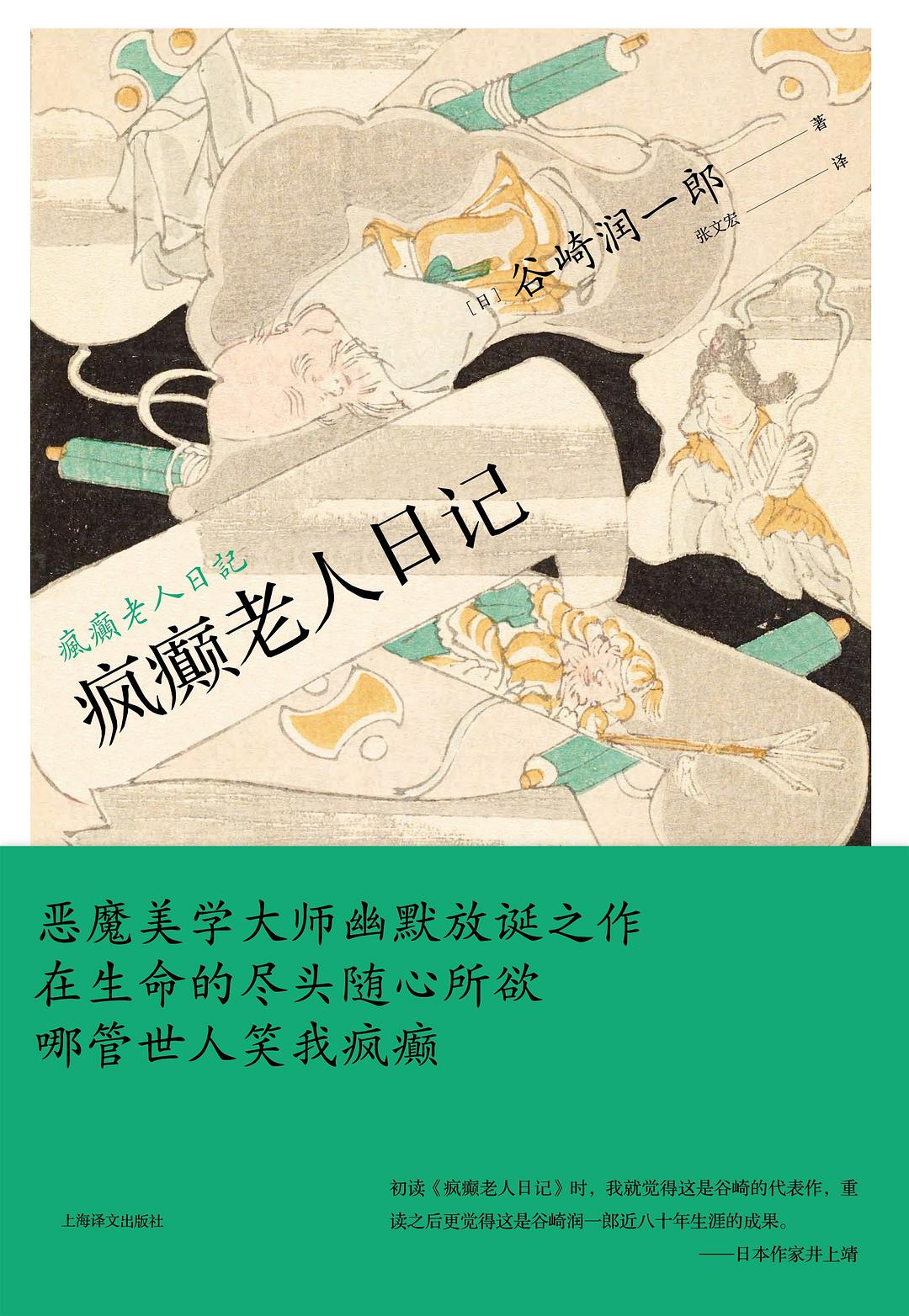WULOLIFE
《疯癫老人日记》 作者: [日] 谷崎润一郎 出版社: 上海译文出版社 原作名: 瘋癲老人日記
《疯癫老人日记》 作者: [日] 谷崎润一郎 出版社: 上海译文出版社 原作名: 瘋癲老人日記
Sale
Sold out
Regular price
€17,00 EUR
Regular price
Sale price
€17,00 EUR
Unit price
per
Tax included.
Shipping calculated at checkout.
Couldn't load pickup availability
Description
内容简介 · · · · · ·
疯癫老人日记》是诺贝尔文学奖作家石黑一雄编剧《白伯爵夫人》的灵感源泉。
风流的能力,缠绵病榻之际,将扭曲的欲望投射在年轻貌美的儿媳妇飒子身上。飒子风流任性,对老人的示好来之不拒。二人的关系渐渐变得扭曲。飒子利用老人,奢侈无度,甚至将情夫带入家中;老人享受着被飒子践踏、享受舔舐她脚趾的快感,把这当作是生命末期最疯狂的冒险。《疯癫老人日记》刻画老年心理的经典之作,我们可以从中看到一组组意象的强烈对比:衰弱的身体表征与旺盛的内心欲望,末日的无能感与原始的力量驱使,官能享受与精神虚无。只有透过日记,老人才能尽情展露欲望与恐惧;只有观看
作者简介 · · · · · ·
谷崎一郎(1886―1965)是日本近代文学史上的代表作家之一,日本唯美派文学大师。他的创作生涯经历了日本的明治,大正,昭和三个时期,创作成就丰富,191 0年他以《刺青》初登文坛,之后相继发表了《少年》《恶魔》《饶太郎》等作品,这些作品以西方的唯美主义意识对性进行描写,通过对肉体的施虐来描述女性的美,被人称为“ 恶魔主义”。创作后期,谷崎润一郎的生活经历了重大转变,使其作品呈现出向传统美靠拢的倾向。1 949年谷崎润一郎获得第八届文化勋章.
